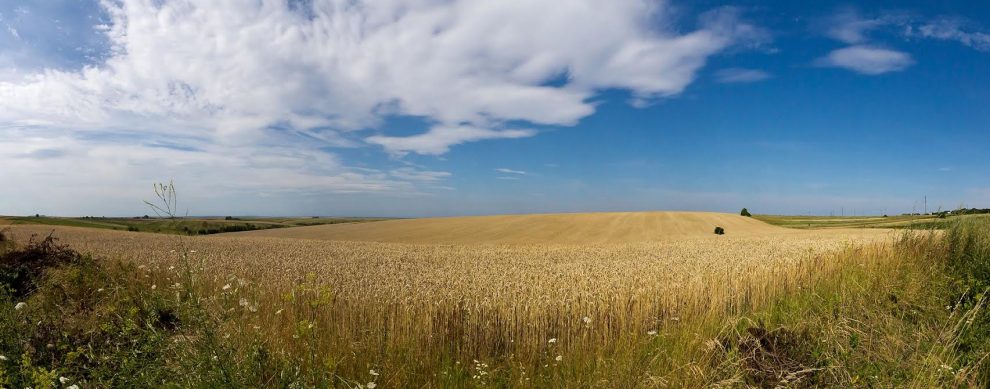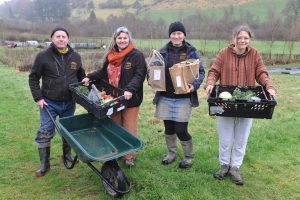TWO-THIRDS of all seasonal workers on farms and in horticulture come from Ukraine.
However, it is possible the conflict in the country could lead to fewer Ukrainians coming to the UK.
New data released by the Home Office showed that in 2021, Ukrainians were the second most common nationality -– after Indians -– to be granted work visas to come to the UK.
That is largely because of the seasonal workers’ visa.
After the Brexit referendum, farmers started to complain about labour shortages as fewer workers came for seasonal agricultural roles from EU countries like Poland and Romania.
In response – and in anticipation of the end of free movement – the UK government reintroduced a work visa scheme for seasonal workers.
The scheme covers work in horticulture, and in late 2021 was temporarily expanded to include poultry workers, pork butchers and HGV drivers.
LABOUR PROBLEMS LOOM
Ukrainians have been by far the biggest users of this route, which admitted nearly 30,000 people in 2021.
Ukraine supplied more than two thirds of the seasonal workers who stepped in to replace the EU labour force in the UK in 2021.
The previous year, when the scheme was being piloted in the UK, the share was even more –- 87% of seasonal workers were from Ukraine
With the UK’s visa services in Ukraine now suspended, it is clear that recruitment that usually takes place in Ukraine is unlikely to continue as normal.
Ukrainian workers currently in the UK on seasonal visas will have their visas automatically extended to the end of 2022, though there are no figures on how many of these workers are currently still present in the UK.
The consequences of the Ukrainian crisis for UK migration are just a small part of events unfolding as we write, and that are already having serious humanitarian, economic and geopolitical repercussions across the world.
The Migration Observatory at the University of Oxford said the figures raise “questions about the potential impact of conflict in Ukraine on recruitment to British farms, as the security situation in the nation deteriorates”.
Director Madeleine Sumption said: “For most of the past 15 years, the majority of work migrants coming to the UK were from EU countries.
“Since the end of EU free movement, the large majority now come from non-EU countries.
“Today’s data show how heavily UK farms have relied on Ukrainian workers in particular, raising the question whether this source of workers will be disrupted by unpredictable events in that region.”
SUPPLIES TIGHTEN, PRICES RISE
Ukraine is a producer and major supplier of ammonia, but more worryingly to most, Russia is the world’s number one exporter of ammonium nitrate, urea ammonium nitrate (UAN), ammonia and urea.
The price of European and UK natural gas, the main feedstock used by manufacturers across Europe, rose over 30% in the last seven days.
The market remains tight and behind where it would normally be entering March, so all pricing is now set to move higher.
UK stock levels of nitrogenous fertilisers are low and the likelihood of fresh vessels arriving is small, given availability and pricing.
Global markets have posted substantial increases as they adjust to the potential loss of supply from the Black Sea region following Russia’s invasion of Ukraine, with any major retracement unlikely until a peaceful compromise can be resolved.
UK wheat prices have followed global trends. London closed up £27 at £245.25/t.
While it is difficult to look beyond the current Russia/Ukraine conflict, global exporters’ stocks are at a historically low level. A further bumper crop will be needed for any replenishment of stocks, placing weather centre stage.
Current weather is not ideal in the US, where further declines in winter wheat crop ratings are reported in key producing states and the Black Sea regions.
EU crop monitoring unit MARS reported that persistent rain deficits in Mediterranean regions have led to drought and damage to wheat crops, especially in Spain and Portugal.
















